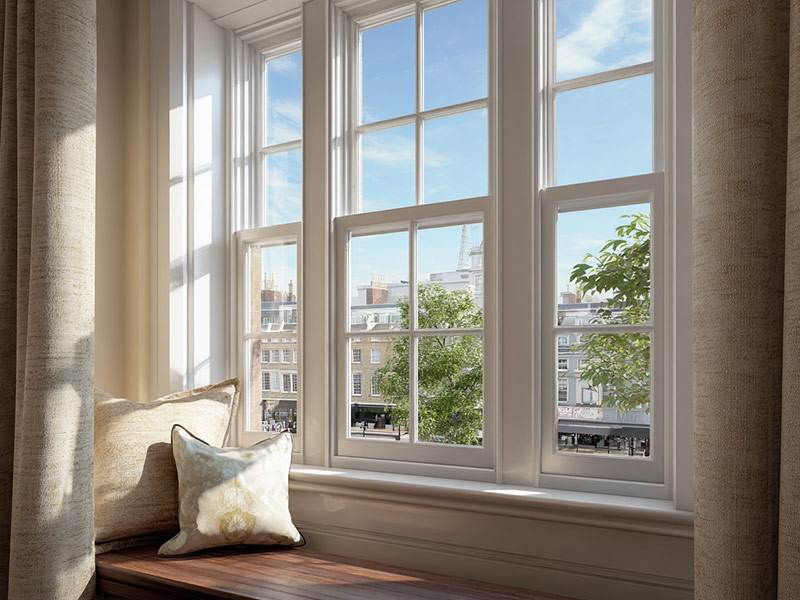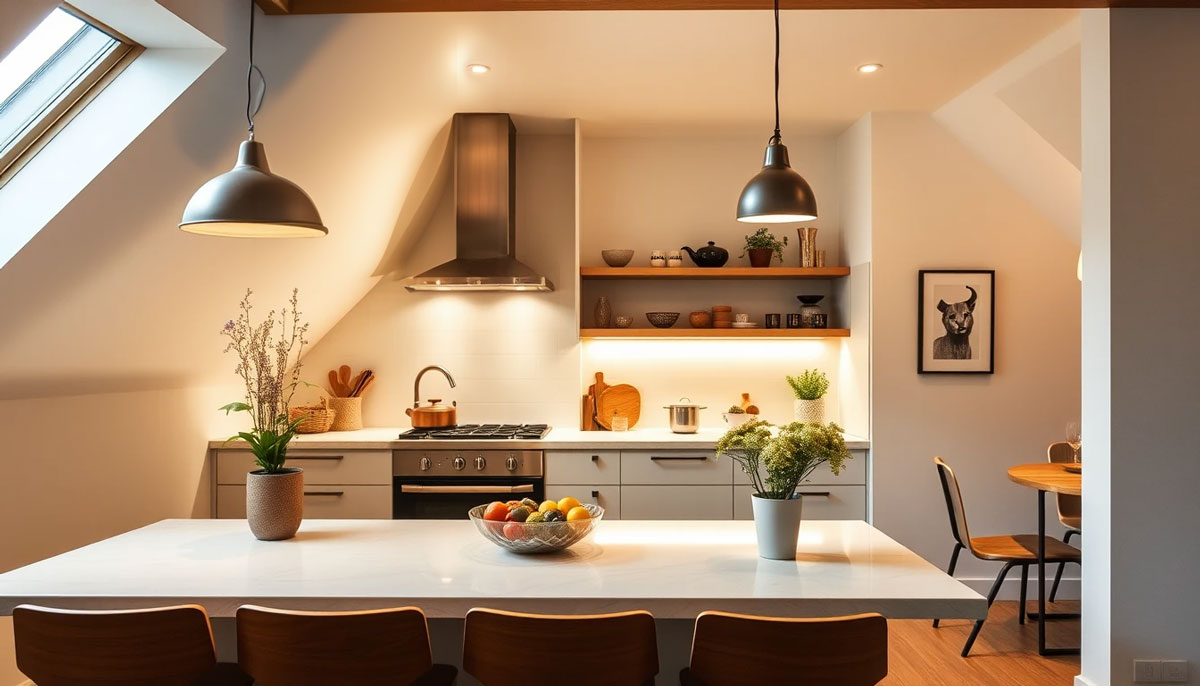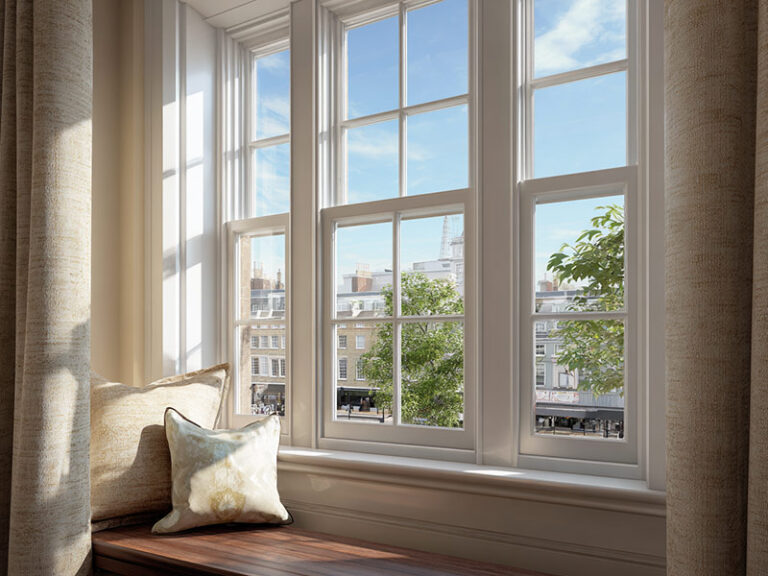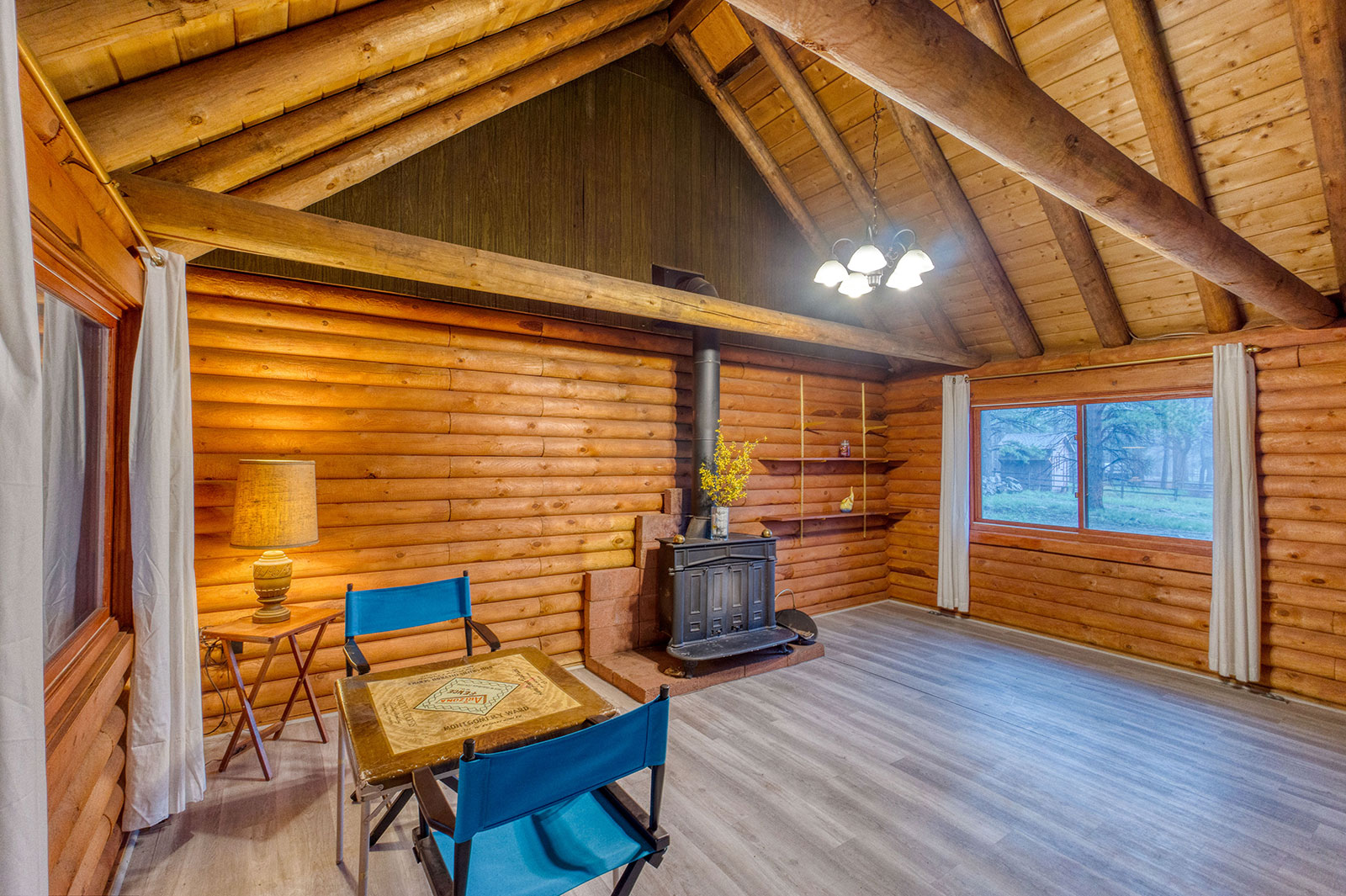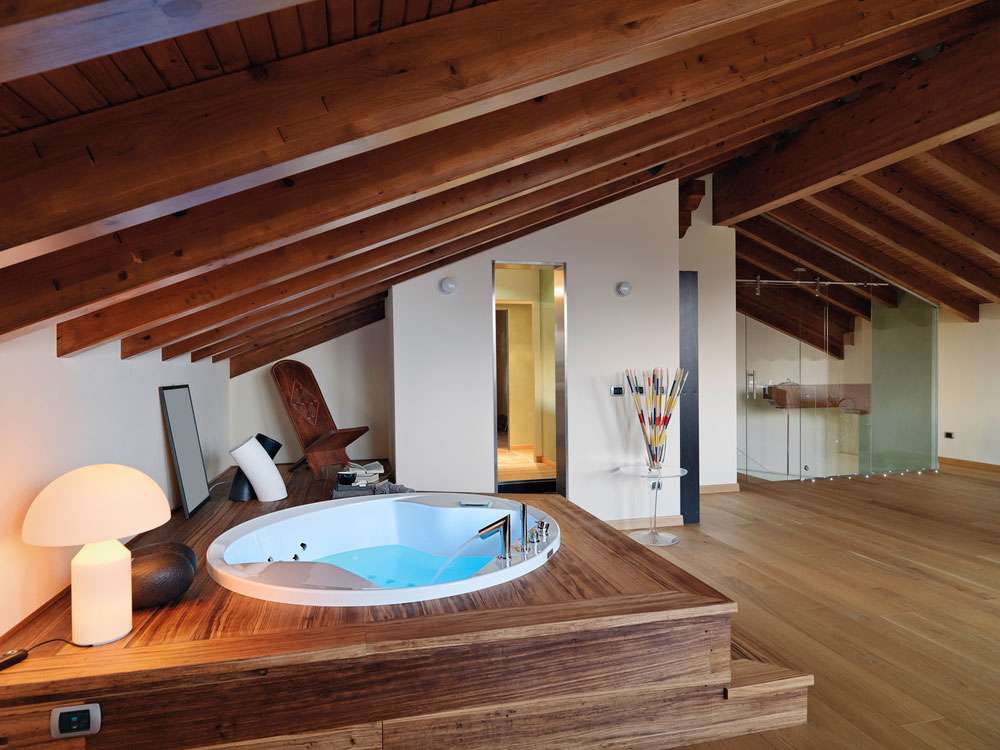The Difference Between a Box Sash Window and a Spring Balanced Sash Window
If you’re choosing sash windows for your home, you’ve probably come across two main types: box sash windows and spring balanced sash windows. Both operate in a similar sliding fashion, but the way they work, their appearance, and their suitability for different properties can vary a lot.
Here’s a breakdown of the key differences so you can make the right choice for your home or project.
What Is a Box Sash Window?
A box sash window is the traditional style you’ll find in many Georgian, Victorian, and Edwardian homes. These windows use a cord-and-weight mechanism: a system of pulleys, cords, and counterweights hidden inside a timber box frame. When you slide the sash up or down, the weights balance the movement, allowing it to stay open at any height.
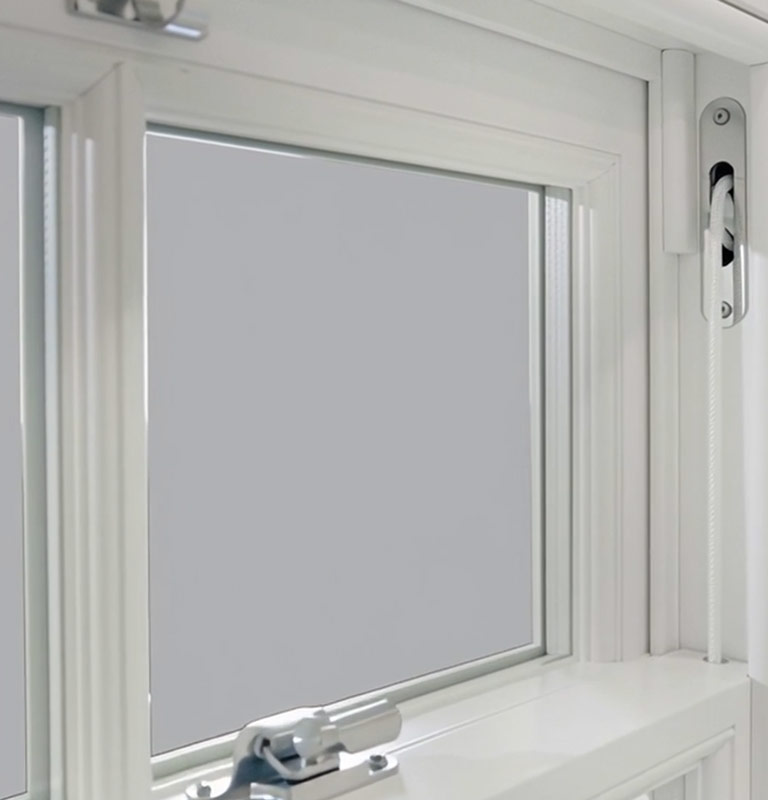
Key Features of Box Sash Windows
- Mechanism: Operates using cords, pulleys, and lead or cast-iron weights.
- Aesthetic: Offers an authentic, period look that suits historic buildings and conservation areas.
- Materials: Typically made from timber, though uPVC versions are available for easier maintenance.
- Maintenance: Requires some upkeep, as cords can wear over time and may need replacing.
- Installation: Designed for deep window reveals, which are common in older buildings.
Because of their craftsmanship and traditional design, box sash windows tend to be more expensive than modern alternatives. However, they’re also more in keeping with the architecture of period homes and often required by planning regulations in conservation areas.
What Is a Spring Balanced Sash Window?
A spring balanced sash window looks similar to a traditional sash from the outside, but inside, the mechanics are completely different. Instead of using cords and weights, the window uses hidden springs within the frame to counterbalance the sash.
This modern mechanism makes the window lighter, easier to install, and more suitable for newer homes or renovations where maintaining original detail isn’t essential.
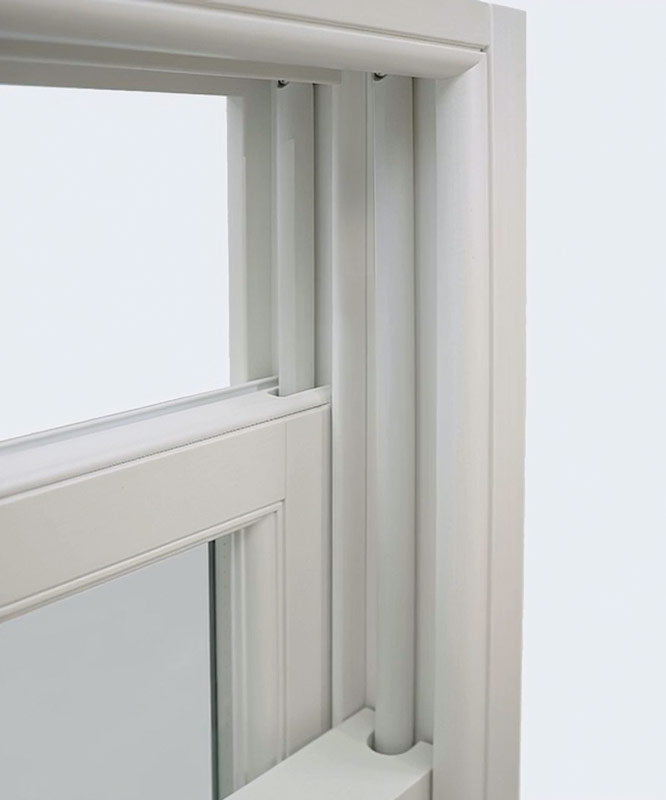
Key Features of Spring Balanced Sash Windows
- Mechanism: Operates with concealed spring balances rather than cords and weights.
- Aesthetic: Slimmer frame with a modern finish. Can be made to mimic traditional sashes with decorative features if desired.
- Materials: Often made from uPVC, aluminium, or engineered timber.
- Maintenance: Low-maintenance, as there are no cords to replace and the springs are designed to last for years.
- Installation: Easier to install, especially in tight spaces or modern walls without deep reveals.
Spring balanced sash windows are usually more cost-effective than box sash designs, making them a practical option for many homeowners who want the sash look without the traditional upkeep.
Comparing Box Sash and Spring Balanced Sash Windows
Here’s a quick side-by-side comparison to help you see the main differences:
| Feature | Box Sash Windows | Spring Balanced Sash Windows |
|---|---|---|
| Mechanism | Cord, pulley, and weight system | Hidden spring balance |
| Appearance | Authentic, classic, ideal for period homes | Slim, modern, suitable for new builds |
| Maintenance | Higher – cords may need replacing | Lower – minimal moving parts |
| Cost | More expensive | More affordable |
| Installation | Requires deep reveal and skilled fitting | Easier and faster to install |
| Suitability | Heritage or listed buildings | Modern homes, refurbishments |
Which Is Better for Your Home?
The best choice depends on your property and priorities.
Choose Box Sash Windows If:
- You live in a period or listed building where maintaining authenticity matters.
- You value craftsmanship and traditional joinery.
- You’re aiming for architectural accuracy in a restoration project.
- You don’t mind a little more maintenance to preserve the look and function.
Choose Spring Balanced Sash Windows If:
- You want the look of a sash window without the higher cost.
- You live in a modern property or flat where space is limited.
- You prefer low-maintenance windows with long-lasting mechanisms.
- You’re working on a new build or renovation that doesn’t require historical accuracy.
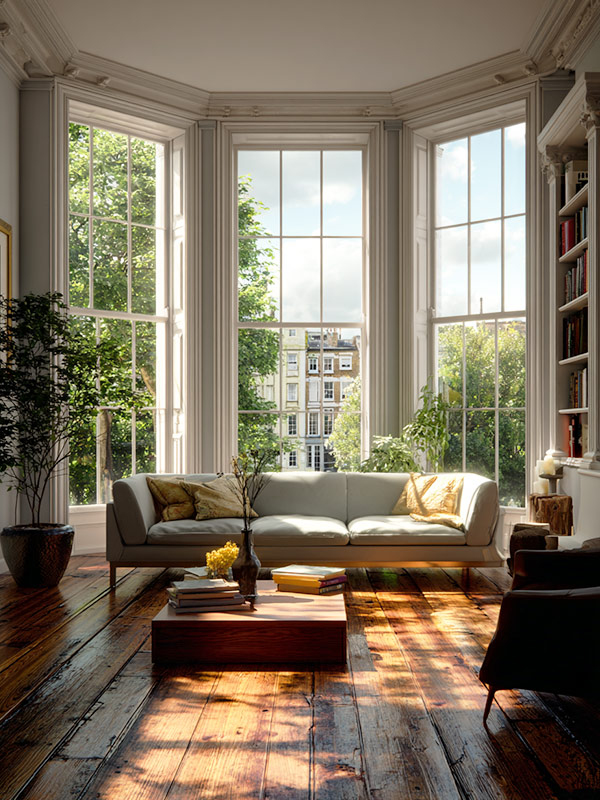
Aesthetic Considerations
For many homeowners, the decision comes down to aesthetics. Box sash windows have depth, character, and the distinctive look that complements older homes. They fit seamlessly into Georgian or Victorian façades and can often increase a property’s appeal in traditional neighbourhoods.
Spring balanced sash windows, on the other hand, offer more flexibility. They can be designed to look similar to box sashes with the addition of horn details, glazing bars, or sash mouldings, but they’ll never fully replicate the feel of a true cord-and-weight system. However, they’re ideal for properties where energy efficiency, affordability, and practicality come first.
Cost and Long-Term Value
In terms of upfront cost, spring balanced sash windows are usually the more economical option. They’re simpler to manufacture and install, which keeps prices lower. Box sash windows cost more due to the joinery involved and the materials used, but they often add value to historic homes because they preserve the original character and style.
If you’re restoring a property in a conservation area, it’s worth checking local planning guidelines, as authentic box sash windows may be required for approval.
Final Thoughts
Both box sash windows and spring balanced sash windows have their place. The traditional box sash is unmatched in authenticity and charm, while the spring balanced version offers a practical, low-maintenance alternative for modern homes.
If you’re restoring a period property, the box sash window remains the gold standard for historical accuracy. But if you’re updating a newer home or working with a tighter budget, spring balanced sash windows can provide a classic look with modern convenience.

